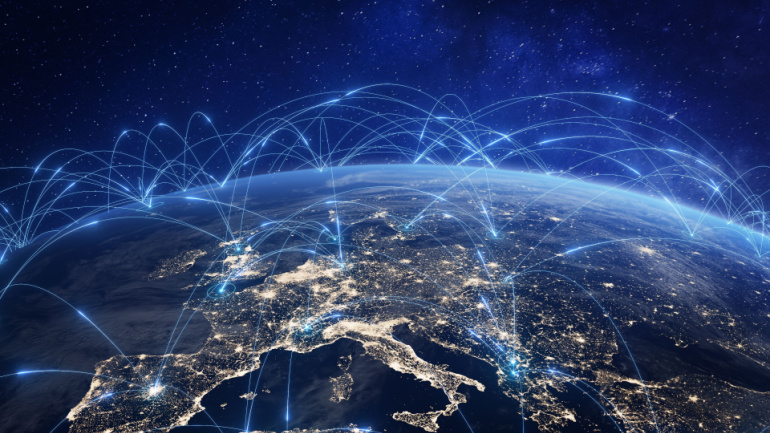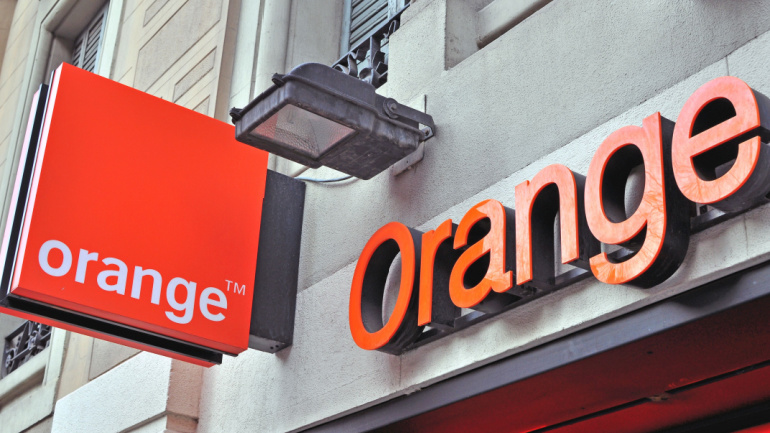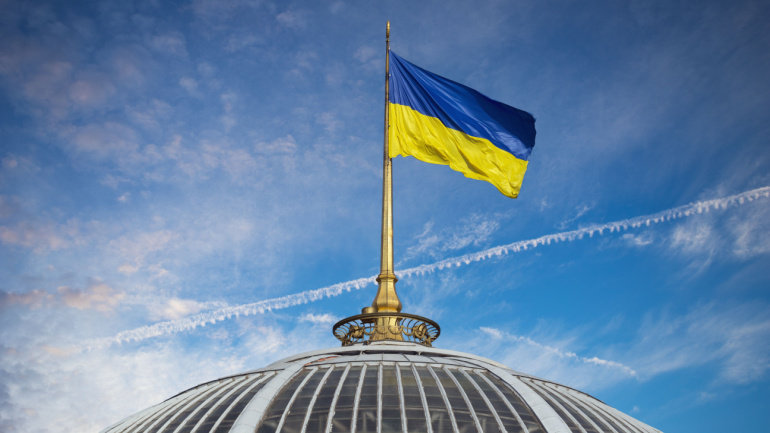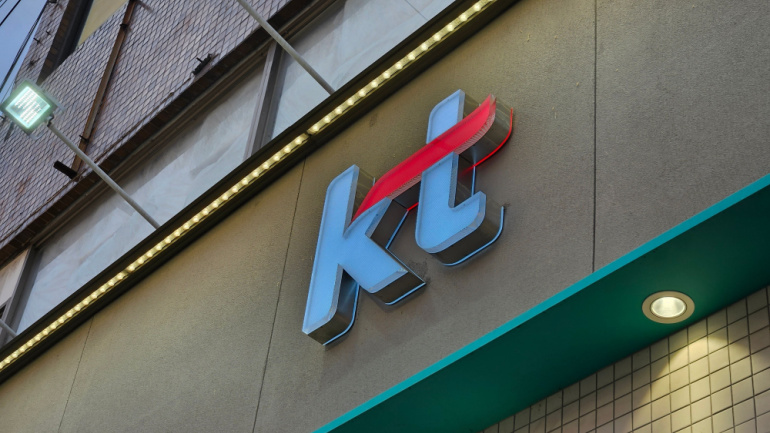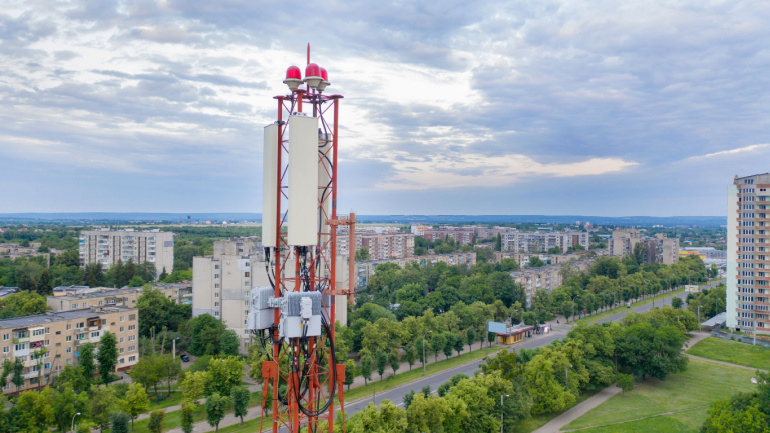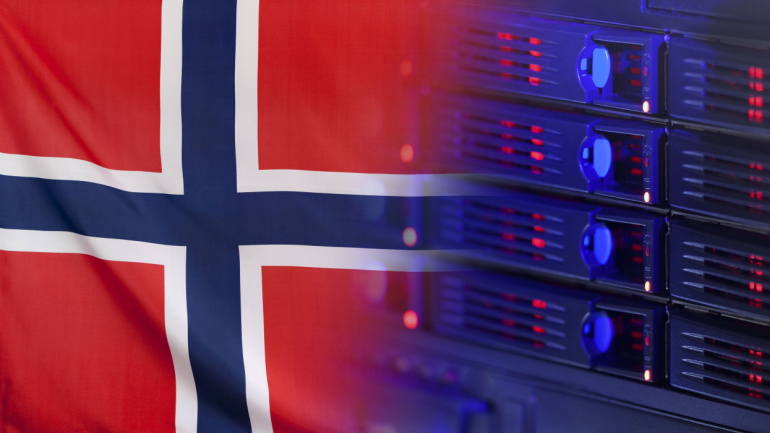Microsoft and Salesforce have emerged as leaders in the low-code space for their integration of generative AI, according to a report by GlobalData, a prominent data and analytics company. The digital transformation era has fueled the demand for rapid app development and intelligent automation, prompting innovative enterprises to explore the potential of emerging technologies. The “Low-Code Platforms: Competitive Landscape Assessment” report by GlobalData highlights the fiercely competitive nature of the low-code market segment. Microsoft has strengthened its position by combining its Power Automate offering with the new Azure OpenAI service. On the other hand, Salesforce has been consolidating its Salesforce Flow/Automation and Einstein tools, including Einstein GPT CRM tools, within its Data Cloud platform. Charlotte Dunlap, Research Director at GlobalData, acknowledges the rapid entry of global public cloud platform providers such as Google, Microsoft, and Amazon into the low-code market. These companies are launching strategies centered around visualization tools, automation…
Delving into the realm of advanced AI, SK Telecom elevates its AI service ‘A.’, boasting features crafted around user preferences. The upgraded version introduces AI agents with unique personalities, promising each user a personalized experience. Working hand in hand with Microsoft’s Azure OpenAI, SKT’s AI capabilities now consist of a Large Language Model, designed to comprehend intricate conversation details for insightful dialogues.
Industry expert Jonny Parkinson illuminates the landscape of telecommunications mergers and acquisitions amidst economic shake-ups and global tensions. Despite a dip in deal-making activity, recent predictions suggest a strategic surge in the back half of 2023. Drawing upon the resilience of telecom firms in the face of change, Parkinson underscores the potential offered by technologies like AI and cloud computing to maintain competitiveness, even encouraging alternative structuring concepts and careful due diligence for prospective M&A targets.
European Commission’s concerns over the Orange-MasMovil merger in Spain may hinder the deal, potentially affecting competition within the country’s telecommunications market. Remedies, such as wholesale access to virtual players, could be proposed to address objections and prevent price increases for consumers.
Vodafone explores potential sale of its Spanish operations as the European Commission investigates Orange Spain and MasMovil merger, impacting competition in the telecom sector. The outcome could influence Vodafone’s decision, with potential investors such as Apollo Global Management and Apax Partners being considered.
Global telecom giant Veon commits $600 million to boost Ukraine’s infrastructure, focusing on 4G mobile and fiber development, while inviting other institutions to join the initiative. Kyivstar, Veon’s subsidiary, aims for 98% 4G coverage in three years, with potential 5G advancements.
KT Corp aims to generate $773.1 million by 2025 from AI-based services, investing $5.4 billion by 2027. Focusing on robotics, healthcare, and education, their AI improvements include AI contact centers, logistics services, customized care plans, and the AI Food Tag, emphasizing the company’s innovative approach.
VEON commits $600 million investment via Kyivstar for Ukraine’s recovery, focusing on infrastructure, 4G expansion, cybersecurity, and community support, fostering accelerated digitalization and rebuilding efforts.
Nokia’s recent summer launches showcase significant advancements in their AirScale portfolio, utilizing ReefShark chips and optimization for 5G SA and 5G-Advanced. Additionally, their AI-powered network management solutions ensure increased efficiency for future network evolution.
Norway’s top telecom operator, Telenor, joins forces with Hafslund, HitecVision, and Analysys Mason to create the nation’s most secure commercial data center operator, focusing on sustainable solutions and critical data storage. The collaboration addresses national security concerns and promotes energy-efficient data centers with heat recycling potential.





